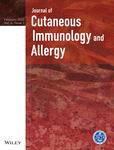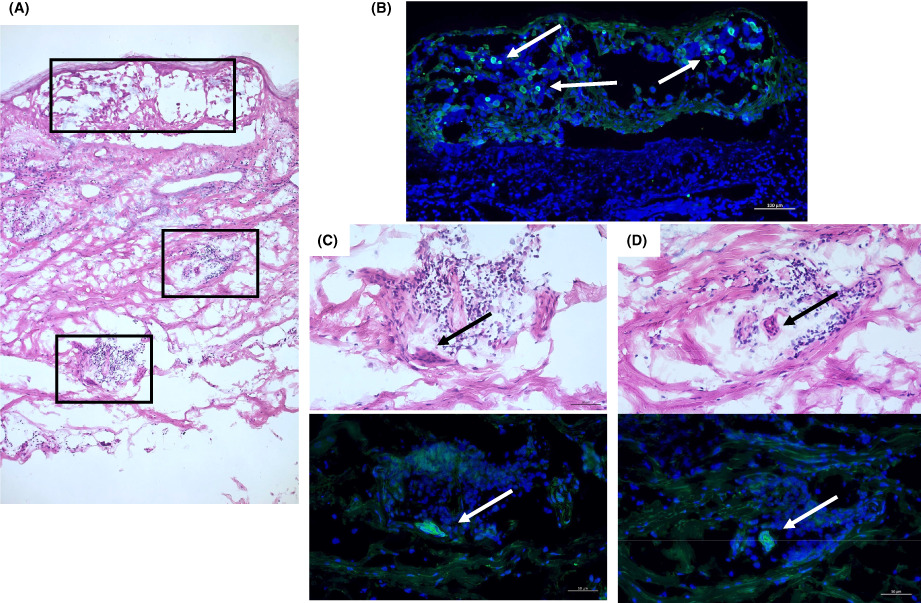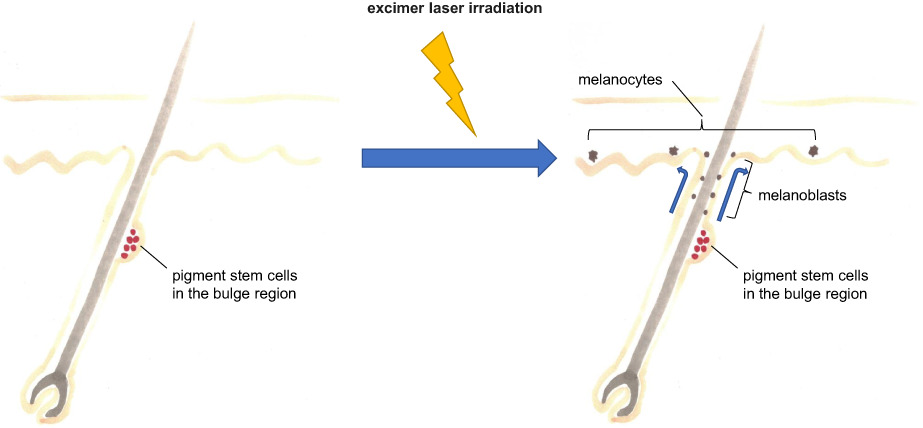Journal list menu
Export Citations
Download PDFs
ISSUE INFORMATION
REVIEW ARTICLE
Targeting cytokines and potentiality of JAK–STAT inhibition in systemic sclerosis
- Pages: 4-12
- First Published: 28 November 2022
RESEARCH ARTICLE
Two-sided influence of dupilumab on alopecia areata co-existing with severe atopic dermatitis: A case series and literature review
- Pages: 13-17
- First Published: 29 November 2022
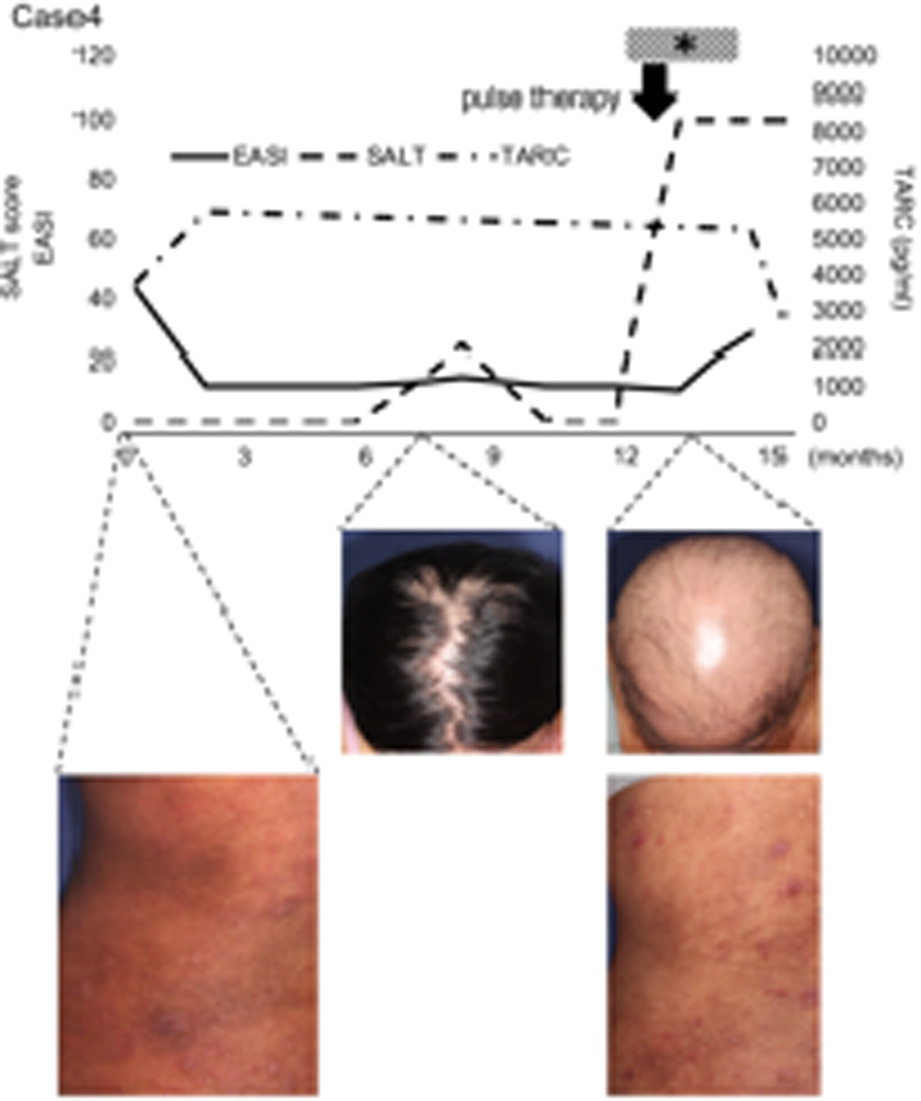
Currently, the recognition that dupilumab may be beneficial for the management of alopecia areata in severe atopic dermatitis patient is seemingly spreading. At the same time, worsening of alopecia areata during dupilumab treatment has also been noted as presented in this report. This study alert physicians that use if dupilumab in expectation of alopecia areata improvement in alopecia areata concomitant with atopic dermatitis cases can lead to unfortunate consequence in some patients.
CASE STUDY
Persistent varicella zoster virus infection following mRNA COVID-19 vaccination was associated with the presence of encoded spike protein in the lesion
- Pages: 18-23
- First Published: 25 August 2022
CORRESPONDENCES
Recurrent advanced rectal malignant melanoma that discontinued anti-PD-1 antibody after complete response and was refractory to rechallenge
- Pages: 24-25
- First Published: 25 June 2022
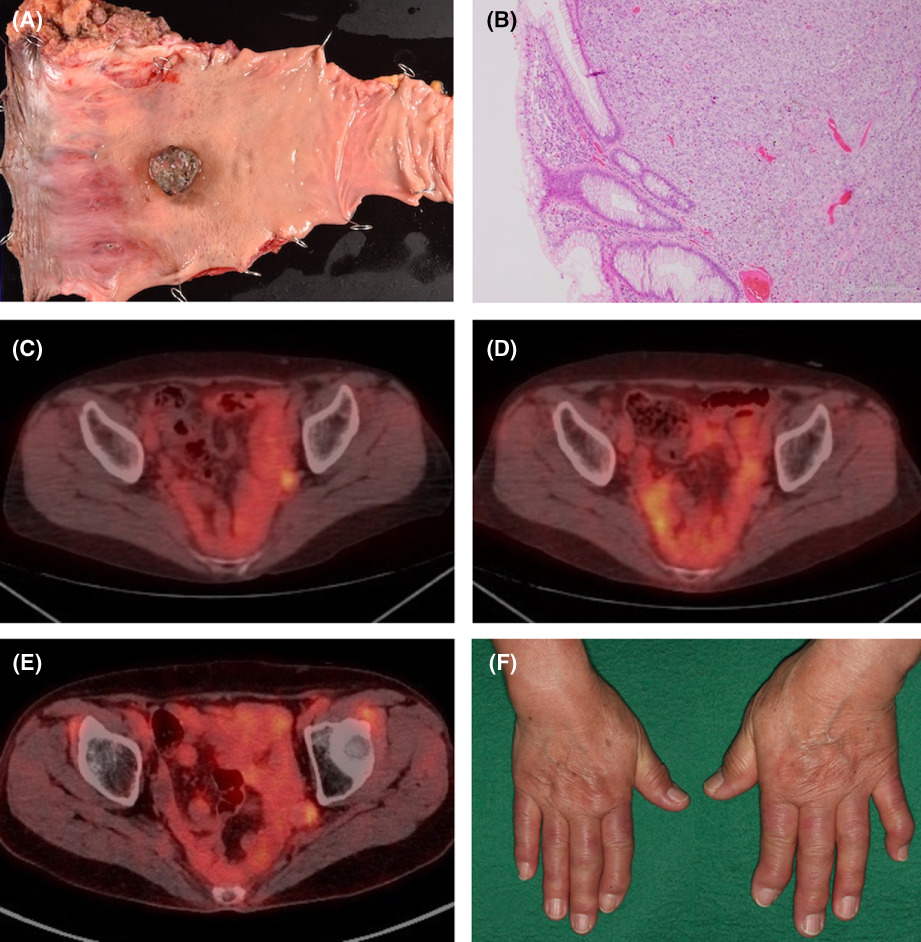
We report a case of 70-year-old woman with rectal malignant melanoma that recurred in the pelvic lymph node one year after surgery. Nivolumab was initiated and she achieved complete response after one year, but she discontinued nivolumab at her instance. At a follow-up 21 months after the discontinuation of nivolumab, a pelvic lymph node metastasis recurrence and a lung metastasis discovered. Nivolumab rechallenge was initiated, but it was not successful.
Successful management of hereditary angioedema with icatibant during the postpartum period
- Pages: 26-27
- First Published: 07 July 2022
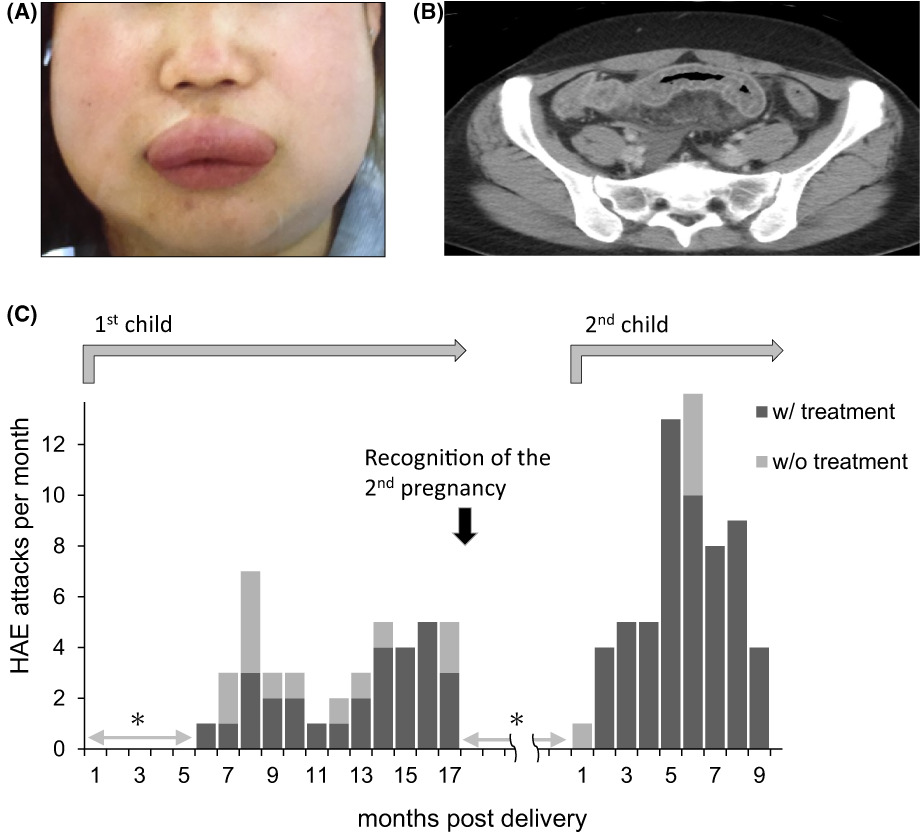
A. Facial swelling during a hereditary angioedema (HAE) attack. B. Computed tomography image of the abdomen with intestinal edema during an HAE attack. C. Histogram of the frequency of monthly HAE attacks during self-administration of icatibant. The asterisk indicates when HAE attacks were treated by on-demand injection of plasma-derived C1 inhibitor at the emergency room.
Recurrent pregnancy-associated erythema annulare centrifugum in a single gestation period
- Pages: 28-29
- First Published: 06 July 2022
Malignant melanoma of inner canthus with long-term survival after resection of brain metastasis and treatment with ipilimumab
- Pages: 30-31
- First Published: 15 July 2022
Development of severe fingertip ulcers, pulmonary hypertension, and scleroderma renal crisis in a patient with systemic sclerosis and anti-PL12 antibodies
- Pages: 32-34
- First Published: 02 September 2022
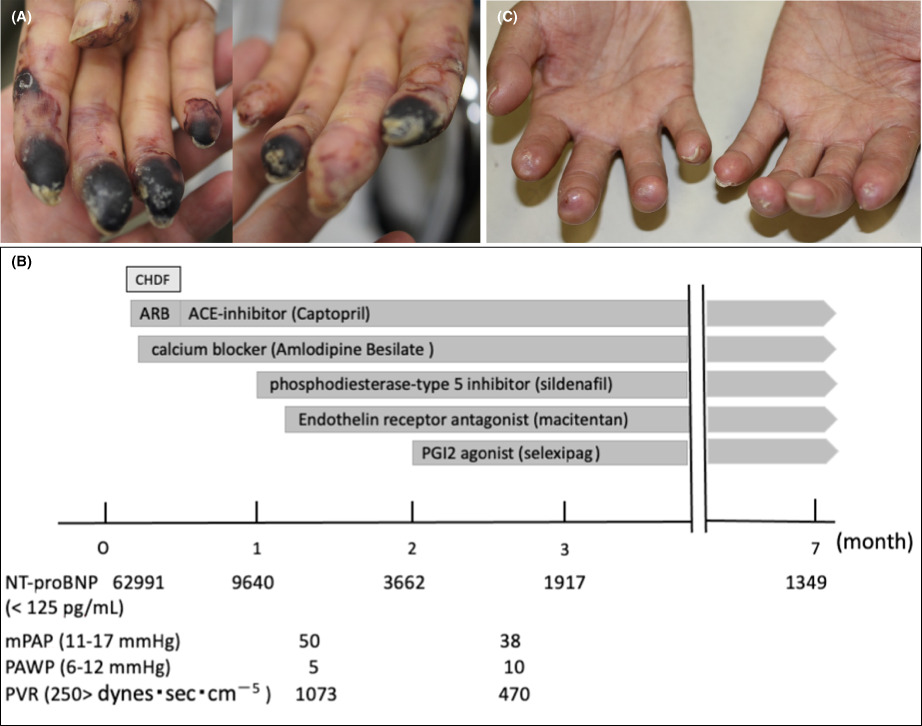
A 50-year-old Japanese woman with limited cutaneous-type SSc presented with severe gangrene in the fingertips of the hands and hypertension, tested positive for anti-PL-12 antibodies. She was diagnosed with acute heart failure owing to scleroderma renal crisis and pulmonary arterial hypertension. Therapeutic agents for pulmonary arterial hypertension were also effective for the digital gangrene.
Role of pigment stem cells in hair follicles in the treatment of vitiligo with a 308-nm excimer laser: An immunohistochemical study of human cases
- Pages: 35-37
- First Published: 06 September 2022




